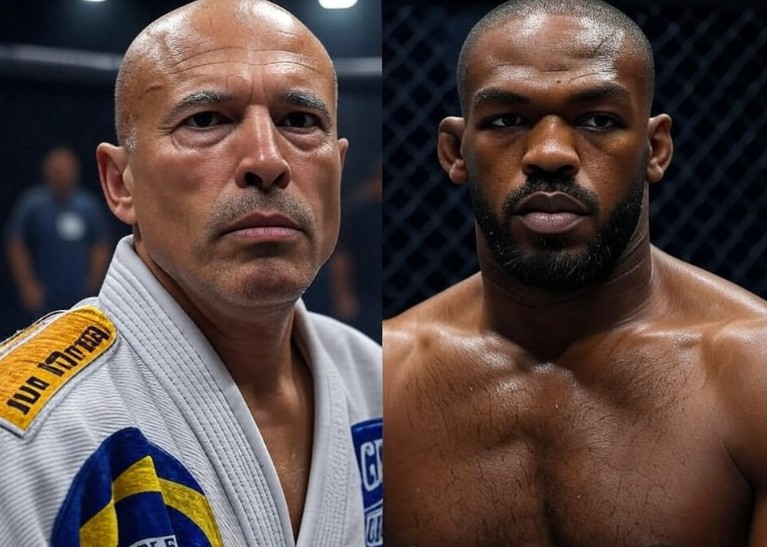The UFC’s octagon is a battlefield where raw athleticism meets structured chaos, governed by a detailed set of rules designed to ensure safety, fairness, and excitement.
The Unified Rules of Mixed Martial Arts, adopted by the UFC in 2000, provide the framework for every fight, balancing the sport’s intensity with clear boundaries. Understanding these rules is key to appreciating the strategy and drama of UFC bouts. Here’s a comprehensive breakdown of UFC fighting rules, from scoring to fouls.
The UFC operates under the Unified Rules, standardized by the Association of Boxing Commissions (ABC). Fights occur in an eight-sided caged arena, the octagon, measuring 30 feet in diameter with a 6-foot-high fence. Most bouts are three rounds, each five minutes, with title fights and main events extending to five rounds. A one-minute rest period separates rounds. Fights can end via knockout (KO), technical knockout (TKO), submission, decision, disqualification, or no-contest.
Scoring is based on the 10-point must system, borrowed from boxing. Three judges evaluate each round, awarding 10 points to the winner and 9 or fewer to the loser, based on effective striking, grappling, aggression, and octagon control.
Effective striking prioritizes significant strikes—clean, impactful blows to the head or body. For example, Max Holloway’s 7.17 significant strikes per minute highlight his scoring prowess. Grappling includes takedowns, submission attempts, and dominant positions, as seen in Khabib Nurmagomedov’s 4.1 takedowns per 15 minutes. Judges weigh damage over volume, so a single devastating strike, like Holly Holm’s kick against Ronda Rousey, can sway a round.
Fights end in several ways.
A knockout occurs when a fighter is unconscious, as in Conor McGregor’s 13-second finish of Jose Aldo. A TKO results from referee stoppage due to unanswered strikes or inability to defend, like Jon Jones’ stoppage of Daniel Cormier. Submissions, such as Nate Diaz’s choke of McGregor, occur when a fighter taps out or loses consciousness.
Decisions come in three forms: unanimous (all judges agree), split (two judges favor one fighter), or majority (two judges score for one fighter, one scores a draw). Rare outcomes include disqualifications for repeated fouls or no-contests due to unintentional fouls or external factors.
Fouls are strictly enforced to protect fighters. Illegal moves include eye pokes, groin strikes, headbutts, biting, hair-pulling, and strikes to the back of the head or spine. Small-joint manipulation (grabbing fingers or toes) and downward elbow strikes (12-6 elbows) are prohibited. Fouls like grabbing the cage or gloves, seen in early UFC events, now result in warnings or point deductions. Severe or intentional fouls, like Gabriel Gonzaga’s illegal upkick against Mirko Cro Cop, can lead to disqualification. Referees, like Herb Dean, have discretion to issue warnings or stop fights for safety.
Weight classes ensure fair competition, with eight men’s divisions (flyweight to heavyweight) and four women’s divisions (strawweight to featherweight). Fighters must weigh in within their division’s limit the day before the fight, with a one-pound allowance for non-title bouts. Failure to make weight, as in Charles Oliveira’s 2022 title fight, can result in fines or fight cancellations. The UFC’s anti-doping program, overseen by USADA until 2023 and now by Drug Free Sport International, tests for banned substances like steroids, with violations leading to suspensions.
Special rules apply to title fights and “sudden death” scenarios. In championship bouts, a draw results in the champion retaining the title. In non-title fights, a draw means no winner is declared. The “grounded opponent” rule, clarified in 2017, protects fighters with one hand or knee on the mat from certain strikes, like head kicks, though enforcement varies. Open scoring, tested in some promotions, isn’t used in the UFC, keeping judges’ scores private until the fight ends.
These rules shape the UFC’s unique blend of strategy and violence. Fighters like Georges St-Pierre exploit takedowns and control to win rounds, while strikers like Israel Adesanya rely on precision to score knockouts. Understanding the rules enhances appreciation of these tactics, revealing the chess match beneath the chaos.


